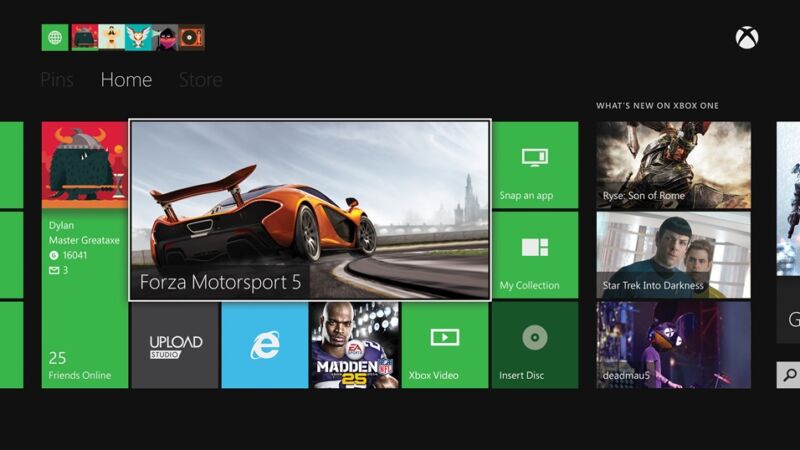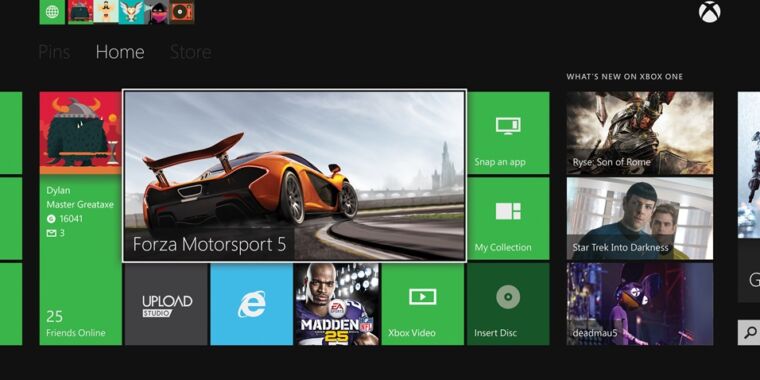
Microsoft
Since launching in 2017, Microsoft has convinced more than 25 million people to pay a monthly subscription to access a significant library of Xbox Game Pass titles. For those not so interested in a monthly subscription, Microsoft is now launching a potential model where players can watch an ad in exchange for a short amount of play time.
The nod to potential ad-supported playtime comes from Xbox Corporate VP for Game Creator Experience and Ecosystem Sarah Bond, who told Rolling Stone UK she is constantly looking to “introduce more diversity into business models” for game developers.
“We’ve talked about how we’re experimenting with other models, like what it means for ads in games that are more prevalent on mobile – are there any models of that that work well on PC and console?” Bond said. “Are there other models where you might have timed bits of games and things like that?”
Bond’s tease comes a few months after some Game Pass players noticed a Spanish-language survey gauging their interest in a cheaper Game Pass tier with “pre-game ads” (reminiscent of Netflix’s recent ad-supported rollout). ). And Insider reported last year that Microsoft was working with ad agencies to “allow advertisers to place ads in free-to-play Xbox games” (building on the current practice of ads appearing on the Xbox dashboard).
Would players tolerate it?
Microsoft’s reported interest in adding ads to games isn’t new; the company bought the in-game ad network Massive in 2006 before going out of business in 2010. That effort was part of a rising wave of interest in in-game advertising that peaked during the early years of the millennium.

Remedy entertainment
But that wave of in-game advertisements in console games overwhelmingly focused on messages posted in game worlds, such as messages tacked onto in-game billboards or even NPCs touting other games. A 2009 study of in-game advertising warned developers not to interrupt the gaming experience and found marketing that “interferes”.[s] the flow of the game can ruin the entire effort and cause irreparable damage to a brand.
Since then, mobile gamers have widely accepted that interstitial video ads are the price they pay to enjoy many free-to-play titles (although the frequency and length of those ad breaks can vary widely). But it’s less clear whether this kind of ad break would be just as welcome during loading screens or between levels of advanced console games.
“There’s an understanding among gamers that [free-to-play] games will have ads, but that understanding isn’t necessarily there for AAA-grade games,” Naavik analyst Fawzi Itani wrote last year. “How will players react when ads are placed in these experiences? Since Xbox Game Pass already offers so much value as a bundle, these ads shouldn’t be intrusive to suspend the core gaming experience.”
Bond seemed to acknowledge this elsewhere in the Rolling Stone interview, saying that any gaming business model “should have an endemic link to the nature of gameplay. … Giving creators options and choice allows them to experiment and do what they like and actually create more immersive and creative experiences without fitting into a mold.”
Finding those new revenue-generating options could be a major focus for Microsoft, which has seen Game Pass subscription growth slow in recent months. And regardless of subscriber numbers, analyst firm DFC Intelligence recently said that Game Pass “doesn’t appear to be a sustainable long-term business model,” largely because of the amount of valuable first-party content Microsoft has to include to attract those subscribers.

